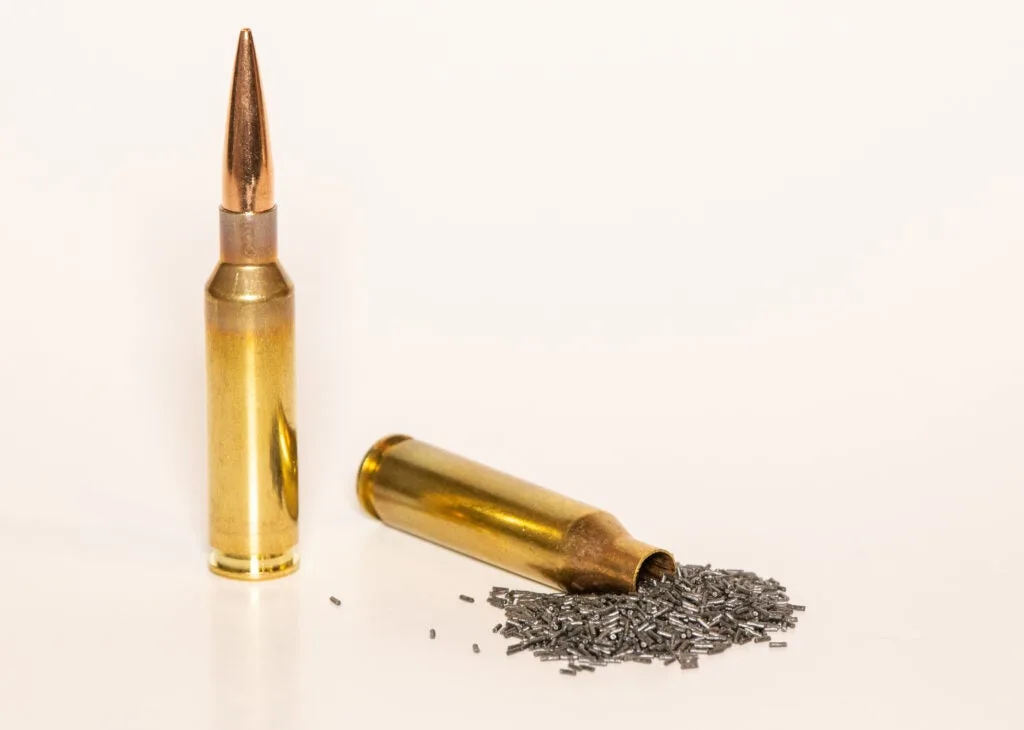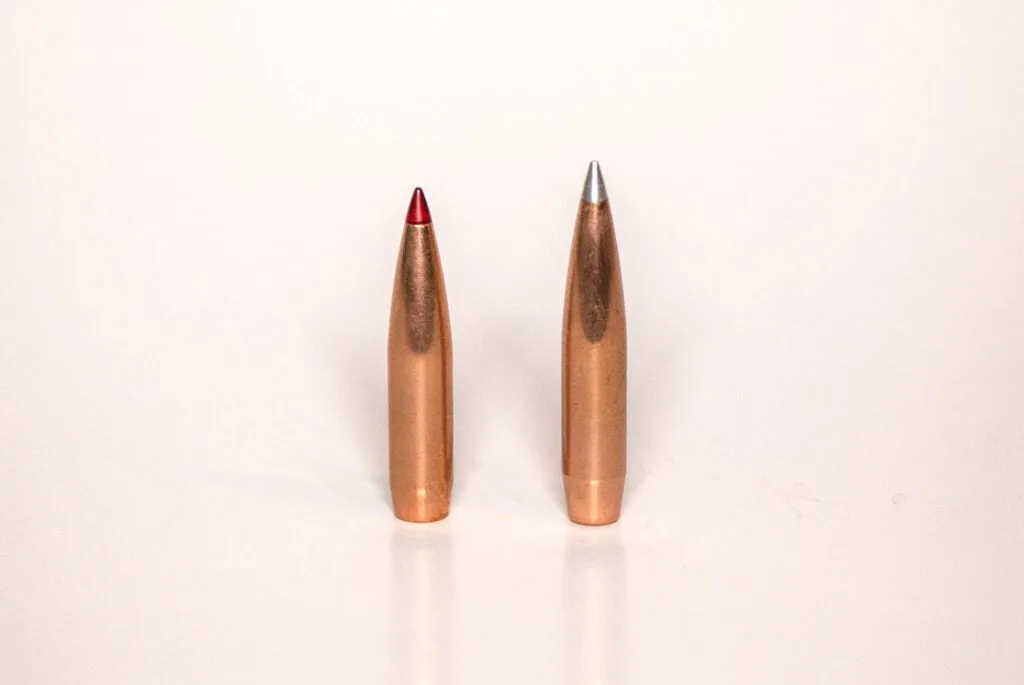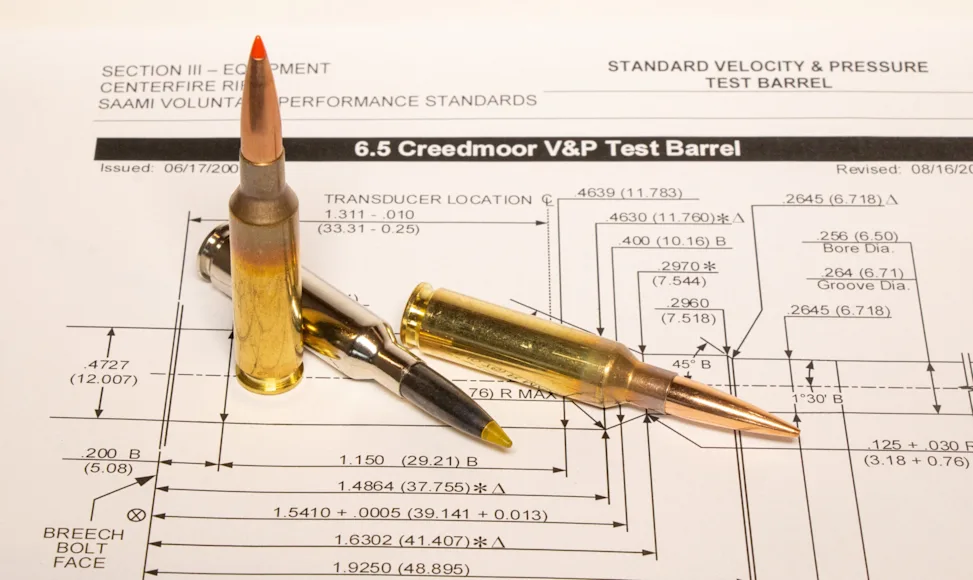_We may earn revenue from the products available on this page and participate in affiliate programs. Learn more ›
_
Americans probably hate and love the 6.5 Creedmoor more than any other cartridge. The irony is that until the Creedmoor, Americans never really gave two hoots about 6.5mm cartridges. The well-respected 6.5×55 Swedish Mauser has been around for more than 125 years, but no one really cares. The .264 Winchester Magnum was lauded with greatness when introduced in the early ’60s, but it’s now living, unloved, in the old folk’s home. And the .260 Remington was introduced in 1997, but was mostly ignored in that void between the .243 and the .308 until folks started claiming the 6.5 Creedmoor
was better.
You can compare the 6.5 Creedmoor to all these cartridges but the only comparison that really matters is when it’s put up against the .260 Remington. This is because both of these cartridges fit perfectly in what are considered short-action bolt guns or AR10s. It’s also because both cartridges are used by those who find joy hitting targets at great distances. Arguing this topic on the Internet has become a favorite past time of many, but the truth of the matter is that the answer is very simple and supported by ballistic fact.
There are two ways to compare these cartridges and that’s to either put factory rifles and factory ammunition up against each other or to examine custom rifles and handloaded ammunition head-to-head. The 6.5 Creedmoor wins the factory rifle and ammunition comparison, and the .260 Remington can win the argument when custom guns and ammunition are considered. Let me explain.
Factory Guns and Ammunition
The American manufacture of factory guns and ammunition is regulated by SAAMI
(Sporting Arms and Ammunition Manufactures’ Institute Inc.). SAAMI publishes the guidelines that guns and ammunition must adhere to, so that when you buy a rifle from Savage it will work with ammunition from Federal and Hornady. It is a great organization, and their standards also allow ammunition made in 2020 to work in guns built in 1920. Among other things, these standards dictate the allowable pressure that is created in a rifle’s chamber and the twist rate of rifling in a rifle’s barrel.

The .260 Remington case (right) holds about 3 percent more powder than the 6.5 Creed. Richard Mann
For the .260 Remington, SAAMI specifies a maximum average pressure of 60,000 psi. For the 6.5 Creedmoor, SAAMI specifies a maximum average pressure of 62,000 psi. To a large extent, chamber pressure dictates velocity but so too does powder capacity. The .260 Remington case will hold about 2 percent more powder than a 6.5 Creedmoor case, but since the Creedmoor can be factory loaded to a higher pressure, velocities are near identical. (We’re not talking about published velocities, we’re talking about actual velocities from real rifles.)
For the .260 Remington, SAAMI also lists a right-hand rifling twist-rate of one turn in nine inches. For the 6.5 Creedmoor, they list a right-hand twist-rate of one turn in eight inches. In conjunction with velocity, rifling twist rate dictates the length of the bullet that can be fired and typically, the longer the bullet the higher ballistic coefficient (BC) it will have. Given near identical velocities, with its faster twist rate the Creedmoor has the edge because it can launch bullets that defy wind and shoot flatter. In other words, when the distance to the target is extreme, the Creedmoor-launched bullet will get there sooner.

The 6.5 Creedmoor (left) is a bit shorter and stubbier than the .260 Remington. Richard Mann
There’s also a physical dimension of these cartridge cases that gives an edge to the Creedmoor. Even though it will only contain 98 percent of the powder than can be crammed in a .260 Remington, the Creedmoor case is about 5 percent shorter. This means that when working with the maximum overall length to fit in a short-action rifle’s magazine in a .260 Remington, some of the more aerodynamic bullets must be seated so that the ogive is buried in the neck (or case mouth) of the brass. This is not a good thing.
For all of these reasons, when you compare factory-loaded 6.5 Creedmoor and .260 Remington ammunition, the 6.5 Creedmoor tends to perform better at longer distances. For example, one of the flattest shooting .260 Remington loads is the 130-grain ELD Match
load from Hornady. Even though it starts out going 5 percent faster than Hornady’s 147-grain ELD Match
6.5 Creedmoor load (2840 fps vs. 2695 fps), the Creedmoor’s bullet arrives at 1000 yards 0.09-second—about 5 percent—sooner.

Two of the most capable long-range 6.5mm bullets are Hornady’s 140-grain ELD-Match (left) and 153-grain A-Tip. Richard Mann
Custom Guns and Ammunition
With custom guns and handloaded ammunition, things are different. If you were to build a .260 Remington rifle with the same rifling twist-rate (1-in-8) as a 6.5 Creedmoor, then you could effectively shoot any bullet suitable for a 6.5 Creedmoor in your .260 Remington. And, because the .260 Remington will hold more powder, and because you can slightly exceed SAAMI pressures with handloaded ammunition, you could shoot that bullet at a faster velocity.
But what about the difference in the length of the cartridge cases? Wouldn’t that still limit some of the bullets that could be fired in the .260 Remington? Yes, but the work-around is to build the .260 Remington rifle on an action that is a single shot or that uses a magazine that would allow bullets to be seated out farther.
And the Winner Is…
In the real world, away from ballistic calculators and Internet arguments, the performance difference between these two cartridges is so minute that few have the long-range shooting ability to tell the difference. But nothing can take away from the fact that there are more factory rifles, and more factory loads, for the 6.5 Creedmoor than the .260 Remington. And guess what? Most American shooters live with factory rifles and factory ammunition.
Read Next: 10 Modern Classic Deer Hunting Rifles
Love it or hate it, for most of us the 6.5 Creedmoor is a better long-range target cartridge than the .260 Remington. On the other hand, when hunting bullets are fired at common big-game hunting distances—inside 300 yards—because of the .260’s higher initial velocity, it will have a slight advantage. Your ballistics program might know the difference, but a deer never will.






